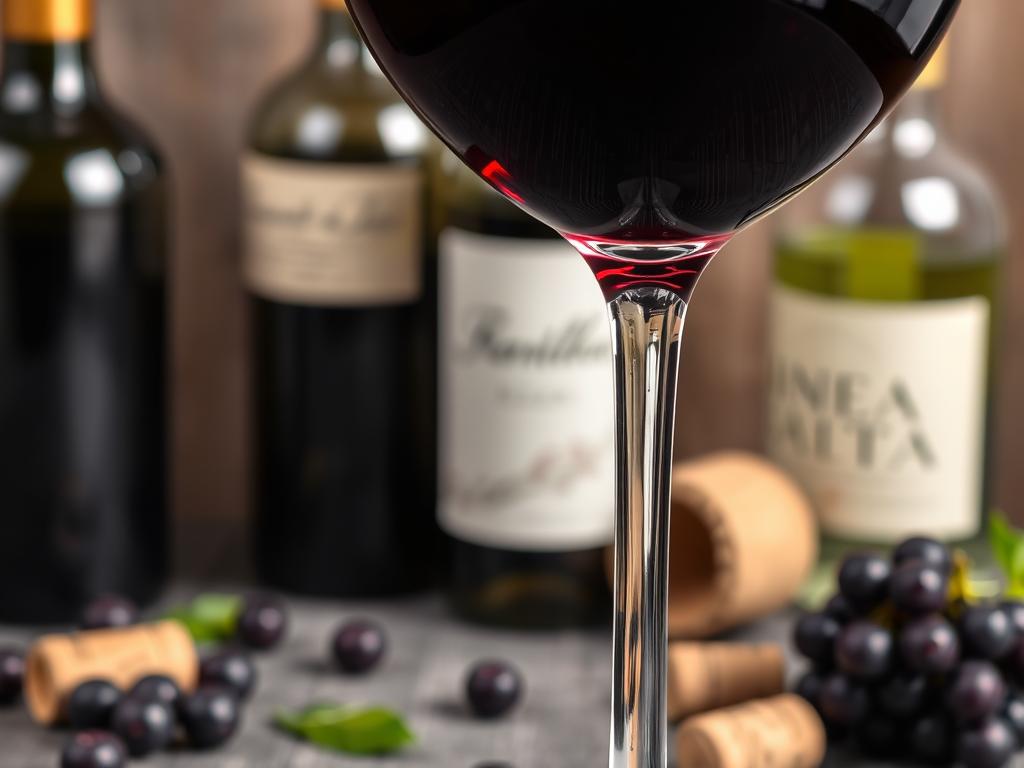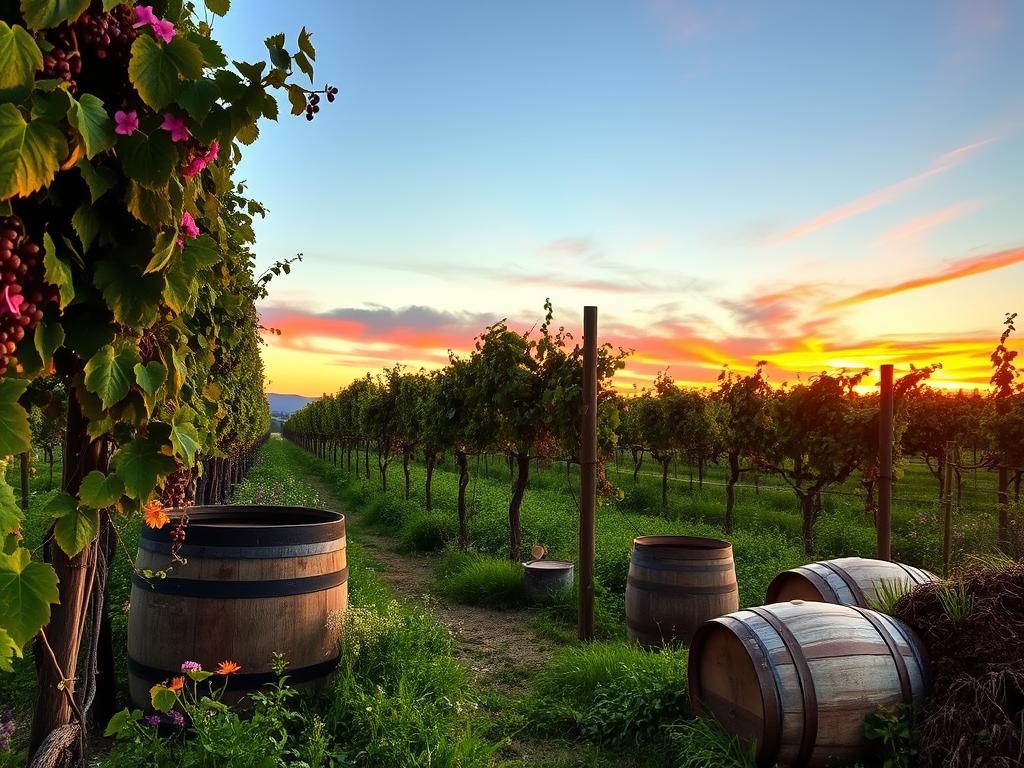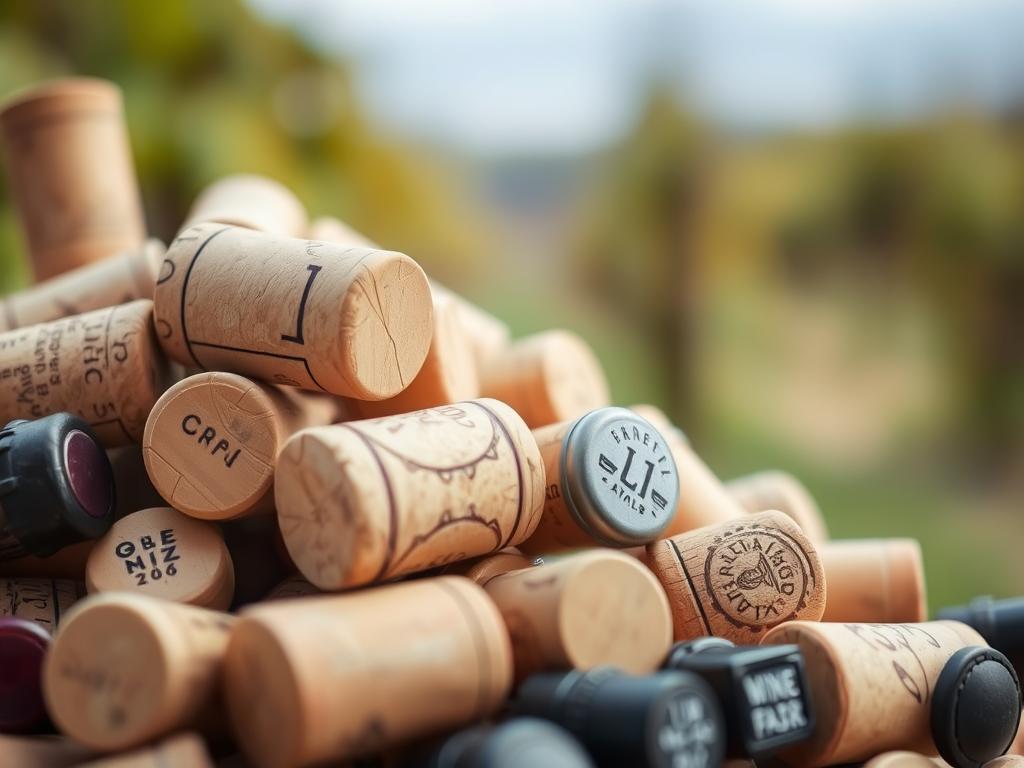The Evolution of Natural Wines: Trends and Challenges
Natural wines are increasingly making waves in the wine world, captivating consumers who value authenticity, sustainability, and unique sensory experiences. More than just a drink, these wines symbolize a lifestyle that prioritizes a deep connection with nature and the preservation of traditional winemaking practices.
Rooted in ancestral methods, natural wines stand as an alternative to conventional wines, which are often criticized for their reliance on chemical additives and industrial techniques. This article delves into the world of natural wines, exploring their characteristics, the reasons behind their rising popularity, the challenges they face, and the promising trends shaping their future.
What Are Natural Wines?
Natural wines are crafted with minimal intervention, both in the vineyard and the cellar. Unlike conventional wines, they exclude chemical additives such as sulfites, stabilizers, and flavor enhancers. The fermentation process relies solely on the natural yeasts found on the grapes’ skins, ensuring a raw and unfiltered taste that reflects the environment where the grapes were grown.
This approach emphasizes respect for the terroir—the unique interplay of soil, climate, and tradition that defines the identity of a wine. The cultivation of grapes typically follows organic or biodynamic farming methods, avoiding synthetic pesticides and fertilizers to promote soil health and biodiversity.
Defining features of natural wines:
- Grapes are grown organically or biodynamically without synthetic inputs.
- Fermentation occurs naturally, using wild yeasts.
- Additives like sulfites, sugars, or acids are not introduced.
- Wines are bottled with minimal filtration, preserving their natural character.
The Popularity of Natural Wines
The growing interest in natural wines is part of a broader trend of conscious consumption. Modern consumers are seeking products that align with their values, such as environmental sustainability, health, and authenticity.
- Environmental Awareness:
Natural wines appeal to eco-conscious buyers who prioritize sustainable agricultural practices. The absence of harmful chemicals reduces the environmental footprint of production. - Authenticity and Craftsmanship:
Each bottle of natural wine tells a unique story. The lack of standardization results in wines with unpredictable flavors and aromas, offering an adventurous experience for enthusiasts. - Influence of Gastronomy:
Natural wines have gained significant traction in the culinary world. Renowned chefs and sommeliers often highlight these wines in pairings, celebrating their ability to complement complex dishes and enhance dining experiences. - Cultural Movement:
Events such as the “Raw Wine Fair” and other natural wine festivals have created platforms for winemakers and consumers to connect. These gatherings celebrate the artistry behind natural wine and educate the public about its nuances.
Challenges in the Natural Wine Industry
While natural wines are increasingly popular, they face several challenges that limit their broader adoption in the wine market.
- Durability and Storage:
Without preservatives like sulfites, natural wines are more susceptible to spoilage. Variations in temperature and improper storage during transport can compromise their quality. This fragility demands greater care in logistics, which often leads to higher costs for producers and distributors. - Lack of Universal Standards:
One of the most significant issues is the absence of a clear definition of what constitutes a “natural wine.” While some producers adhere strictly to the ethos of natural winemaking, others use the term loosely, leading to consumer confusion and skepticism. - Polarizing Flavors:
Natural wines often exhibit flavors that are unconventional, with earthy, funky, or sour notes. While some drinkers appreciate these characteristics, others find them off-putting, making it challenging to appeal to a broader audience. - Scaling Production:
Most natural wine producers operate on a small scale, focusing on quality over quantity. While this ensures artisanal craftsmanship, it also limits their ability to meet growing demand.
Overcoming Challenges: Solutions for the Industry
The natural wine movement has begun addressing these obstacles through innovation, collaboration, and education. By implementing practical solutions, producers can expand their reach without compromising their values.
1. Establishing Certifications:
Clear labeling and certifications for natural wines can help build trust with consumers. Countries like France have already introduced certifications for wines that meet specific natural winemaking criteria.
2. Investing in Technology:
While maintaining traditional methods, producers can adopt sustainable technologies to improve storage and transportation. For example, advanced packaging solutions like lightweight bottles and eco-friendly closures can enhance durability and reduce costs.
3. Educating Consumers:
Awareness campaigns and tastings can help demystify natural wines and highlight their unique qualities. By educating consumers about the production process and flavor profiles, producers can foster a deeper appreciation for the wines.
4. Supporting Small Producers:
Collaboration among small-scale winemakers can create networks that share resources and expertise, helping them scale sustainably while retaining the integrity of their craft.
The Future of Natural Wines
The future of natural wines looks promising, driven by a global shift toward sustainability and artisanal products. As awareness grows, the natural wine movement is poised to expand its influence across markets and demographics.
Emerging trends in the natural wine industry:
- Increased Demand for Biodynamic Wines:
Biodynamic farming, which considers cosmic and lunar cycles, is gaining popularity for its holistic approach to sustainability. - Expansion into Emerging Markets:
Natural wines are making inroads in regions like Asia and Latin America, where growing middle classes are embracing premium and artisanal beverages. - Integration with Wine Tourism:
Sustainable wine tourism is becoming a key driver of growth, with consumers seeking immersive experiences that connect them to the origins of their wine. - Innovation in Distribution:
Online platforms and subscription services are making natural wines more accessible to a global audience.
Conclusion
Natural wines are more than just a trend; they are a testament to the enduring appeal of authenticity, sustainability, and craftsmanship. By capturing the true essence of the terroir and embracing minimal intervention, these wines offer a raw and unfiltered connection to the art of winemaking.
Despite challenges like limited scalability, storage issues, and the lack of standardization, the natural wine industry continues to thrive. Through education, innovation, and collaboration, it has the potential to redefine the global wine landscape.
Choosing natural wines means embracing a richer and more meaningful experience—one that reflects the values of care for the planet, respect for tradition, and the celebration of individuality. As this movement grows, it not only transforms the way we drink wine but also deepens our appreciation for the stories behind each bottle.






